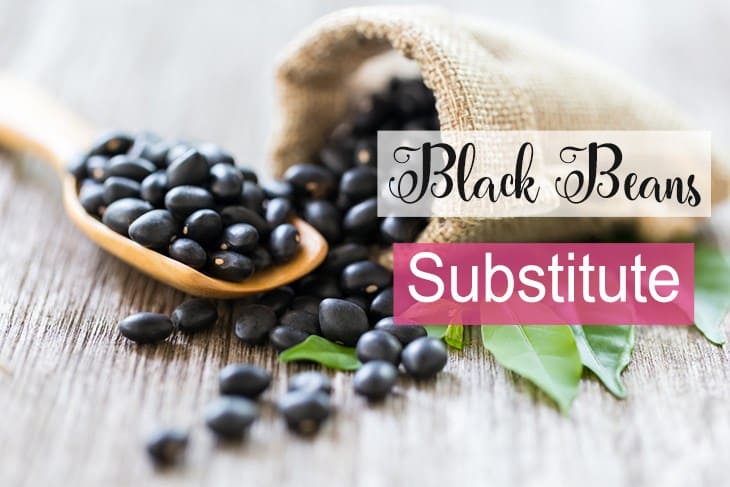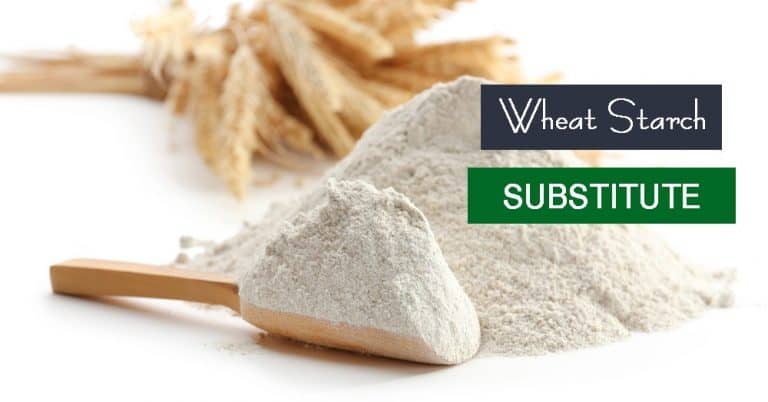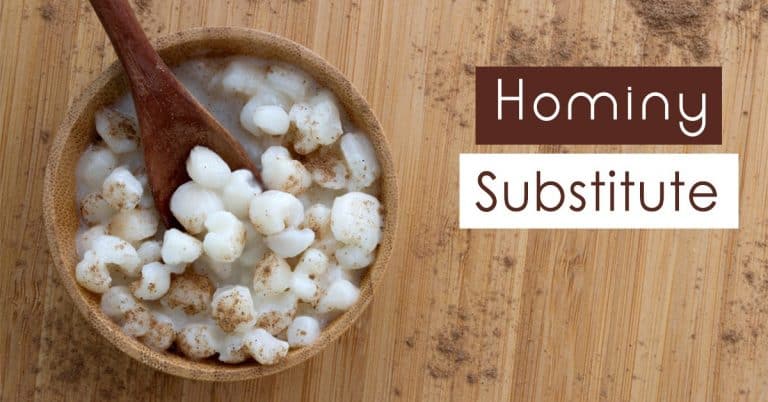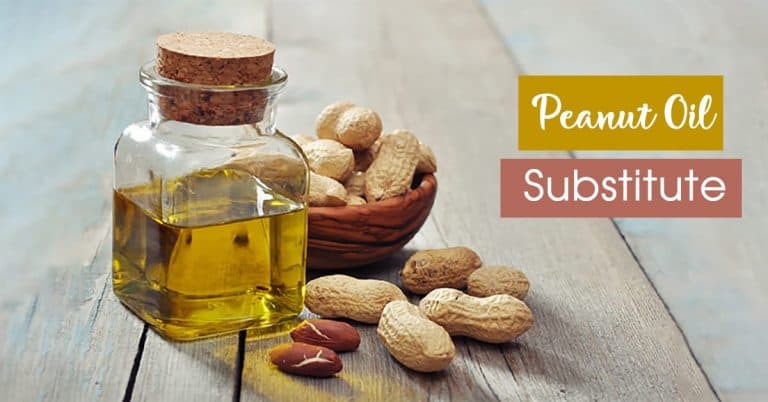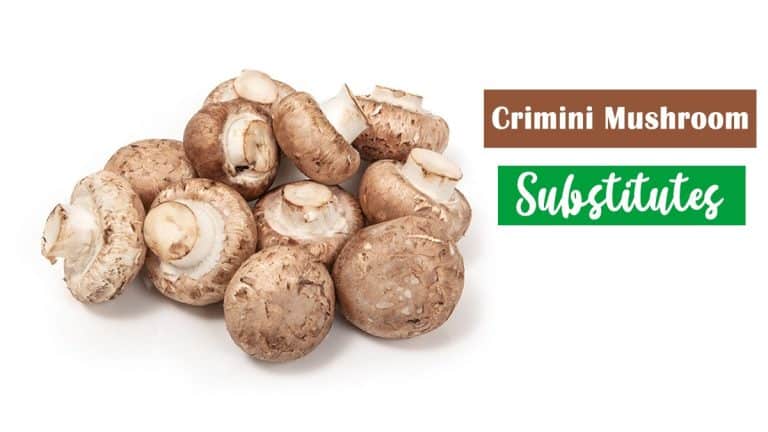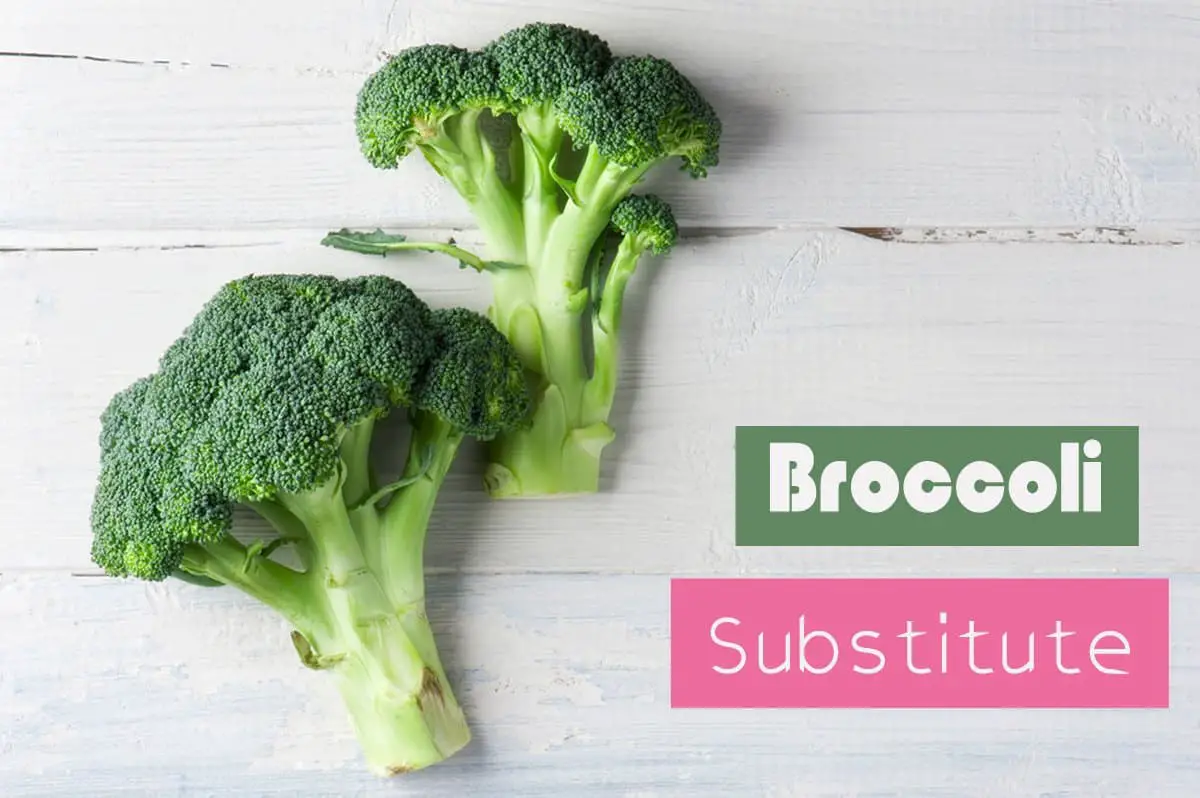
We know broccoli is a superfood with a lot of health benefits due to its diverse nutritional content. However, not everyone likes its taste due to the bitter flavor, even when they know it could lower blood cholesterol.
If you are a mother and your child does not like to eat broccoli or is not available in your local market and supermarket, there are still plenty of broccoli substitutes to make your meal tasty and nutritious. More importantly, their taste can be much better
8 Best Recommended Substitutes For Broccoli
1. Cabbage
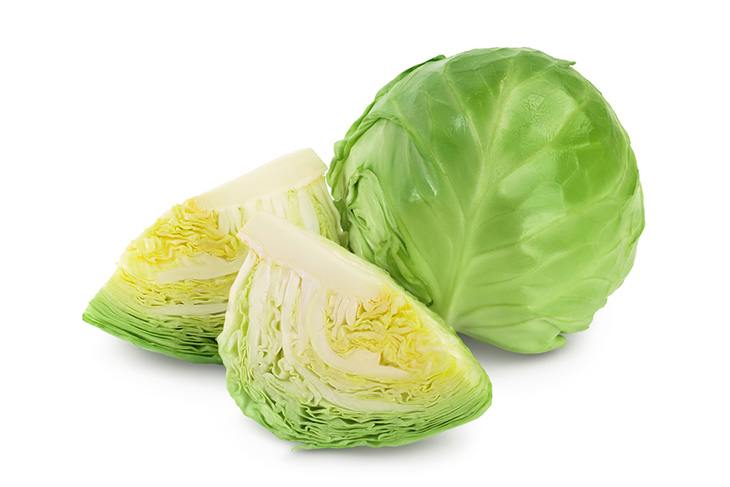
Cabbage is the first broccoli substitute, featured in many recipes from Asia to Western. Cabbage has a sweet taste, used to cook soup or make meat rolls. They are delicious dishes for both children and adults.
Cabbage is crunchy and rich in insoluble fiber that keeps your digestive tract healthy, adds beneficial bacteria to your gut, and relieves constipation.
Cabbage is cruciferous vegetables, the same as broccoli. It contains cellular antioxidant compounds and protects cells from many chronic diseases such as cancer or inflammation.
There are many recipes for cabbage around the world because it is a ubiquitous vegetable. But here is the easiest recipe you would love to try:
- Heat olive or sunflower oil in a large saucepan over medium heat.
- Add chopped cabbage, garlic, chili pepper, and salt and stir well. You may see the cabbage filling the pan at first, but don’t worry because it will wilt quickly.
- Stir until cabbage is soft and light brown for 10 to 15 minutes.
- Squeeze lemon over cabbage and mix well; serve hot.
2. Cauliflower

Cauliflower is similar in shape to broccoli, only different in color. They look like brothers in a family. So it’s no surprise that cauliflower is one of the best broccoli substitutes.
Cauliflower is a rich source of Vitamin C, an essential nutrient that helps strengthen your immune system.
The immune system acts as a loyal bodyguard protecting your body against viruses and disease. An adult should get 75-90 mg of vitamin C per day.
Besides vitamin C, cauliflower also has two types of antioxidants: glucosinolates and isothiocyanates. They help slow cancer cells such as prostate cancer, breast cancer, colon cancer, and lung cancer.
This is the most grilled cauliflower recipe for you:
- Preheat the oven to 375 degrees F. Chop the cauliflower and season with salt and pepper olive oil. Next, gently stir until the spices are evenly coated.
- Place the cauliflower pieces on a baking tray. Drizzle over the remaining oil in the bowl. Don’t forget to line the baking sheet or foil underneath. Bake, turning after 15 minutes until lightly browned at the edges and tender, total 25 to 30 minutes.
3. Kale

Kale is also called a superfood because it is one of the most nutritious vegetables globally, even more than broccoli or spinach – the vegetable Popeye sailor ate every day in the same name cartoon.
You can use kale by making salads and smoothies with some sour and sweet fruits. They are often used by people who do an “eat clean” diet or gym’s diet and become a hot trend worldwide.
Same as broccoli and other green leafy vegetables, kale is high in antioxidants like quercetin and kaempferol. In addition to cancer prevention, they also reduce blood pressure and inflammation.
May you want to know some of the best kale smoothie recipes:
4. Brussels Sprouts
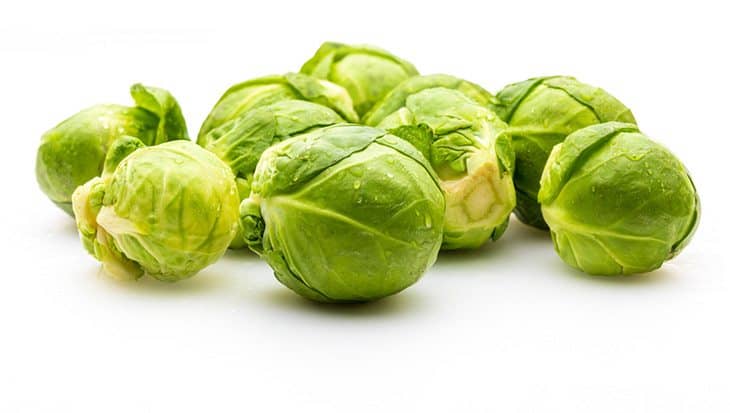
Same as cabbage but with tiny size (only 1 to 2 inches), brussels sprouts also appear in many dishes of cuisines around the world from soup to salad or eat with grilled meat.
However, raw brussel sprout has a bitter taste, so you have to cook it well if you want a sweet taste.
Brussels sprouts are a broccoli substitute with high antioxidant content. If you eat half a cup of cooked Brussels sprouts, you will have almost half of the daily vitamin C needed for a healthy body.
This is some method to prepare Brussels sprouts advised by nutritionist:
- Microwave in a glass or ceramic bowl with one-quarter cup of water for 4 minutes.
- Steam in a pot for 5 to 10 minutes.
- Roast with olive oil and some salt 400°F (204°C) in 20 minutes.
- Cook in soup with chicken, mushrooms, or beans. You should add brussels sprouts after the meat is cooked well not to lose its nutrition and taste.
5. Asparagus

Asparagus is a plant that grows underground. The scientific name is Asparagus officinalis, native to Europe, North Africa, and Western Asia.
Today, asparagus is grown in many different country regions and is used as a vegetable with more than 300 other species.
The asparagus plant is thick, spongy, has many long roots with a to not5 – 6 cm diameter, and is light brown.
Asparagus is a delicious spring veggie that many people love. Crispy, sweet, and distinctive aroma are characteristics that make asparagus so prevalent in many recipes, from soup to salad or grill.
Like broccoli, asparagus provides folate and vitamin B12 found in fish, poultry, meat, and dairy, which helps prevent cognitive decline and not lose its nutrition and taste-free radicals in the body. That’s why it is the broccoli substitute you can cook for the whole family, from children to elders.
It contains high levels of amino acid asparagine, which is a natural diuretic and removes excess salts from the body. So asparagus is very beneficial for people with edema, fluid accumulation in tissues, and high blood pressure or heart attack.
Some other nutrients in asparagus also improve fatigue, depression and reduce symptoms of menstrual cramps – by controlling blood loss and maintaining hormonal balance during periods.
There are two common types of asparagus in markets and supermarkets: green asparagus and white asparagus. There is also another variety, purple asparagus, but it is usually rarer.
All of them have the same use and are good for health. The color difference is because they are grown in different light and soil conditions. The white and purple are may a bit higher price.
The following process is the best for cooking asparagus you would love: grilled asparagus.
- Turn on the oven and heat it to 400 F
- Prepare the asparagus by cutting off the hard end. This part is tough to chew and also does not have many nutrients.
- Marinate asparagus with olive oil, salt, and pepper, and spread them in a single layer on baking paper or foil.
- Bake for 12 minutes until the asparagus is soft and becomes a bit brownie. Squeeze the lemon on top before enjoying.
Grilled asparagus can be eaten with beefsteak or other meat dishes such as grilled chicken or lamb.
Read Also: Top 9 Best Asparagus Substitutes For Your Recipes
6. Spinach

Spinach is considered one of the healthiest foods in the world, and it’s a broccoli substitute. It contains a lot of different flavonoid antioxidants, vitamins, minerals, and other essential nutrients. It’s so popular that cartoon producers have used spinach to symbolize strength for the Popeye sailor character.
Spinach is rich in Vitamins A, C, K, and other minerals. In addition, it is rich in fiber, which improves digestion and helps eliminate waste from the body.
Spinach also has B-complex vitamins like pyridoxine, thiamine, niacin, and riboflavin, which help prevent cognitive decline like Alzheimer’s disease.
In particular, spinach is very good for vegetarians because they are very susceptible to deficiency of omega-3 fatty acids, which help prevent heart disease by eliminating bad cholesterol in the body. Spinach is a rich source of Omega-3 fatty acids, making them a valuable dietary component for vegetarians.
If you are confusing which is a good spinach recipe, check it here:
- Rinse the spinach thoroughly in cold water to ensure it’s clean, as it’s often dusty. Let the vegetables drain entirely.
- In a deep saucepan, heat the olive oil and saute the garlic over medium heat for about 1 minute until lightly golden, do not let the garlic burn.
- Add all the spinach, salt, and pepper to the pan and stir well. Cover for 30 seconds until the spinach is cooked well.
Take vegetables to plate, squeeze lemon on top and serve hot.
7. Lettuce

Lettuce is a good source of vitamins C and A, antioxidants, keeps your body balanced, and maintains good health.
Although your body can remove free radicals naturally, it can be difficult to get rid of all of them. So lettuce is a perfect vegetable to help you strengthen your resistance.
Vitamins in lettuce are abundant. 100 g of raw lettuce provides 247% of the daily value of vitamin A and 4,443 µg of β-carotene. Vitamin A helps maintain healthy mucous membranes and skin and eyes.
Meanwhile, Vitamin-K in lettuce also increases bone mass by promoting osteoblast activity in bone cells and limiting neuronal damage in the brain.
In particular, lettuce is beneficial for pregnant women because it is rich in folate and vitamin C. Folate help to prevent neural tube defects in babies during pregnancy.
Love lettuce salad? Here is a delicious recipe to try:
You will need:
- One cucumber
- One red bell pepper
- One yellow bell pepper
- One tomato
- One small red onion
- Parmesan cheese and olive oil
Prepare then place all ingredients in a large bowl. In another bowl, whisk together the minced garlic, oregano, mustard, vinegar, salt, and pepper and add the olive oil to make the dressing.
Mix dressing with vegetables and leave in 15 minutes. Leave cheese on top and serve at room temperature.
8. Artichoke
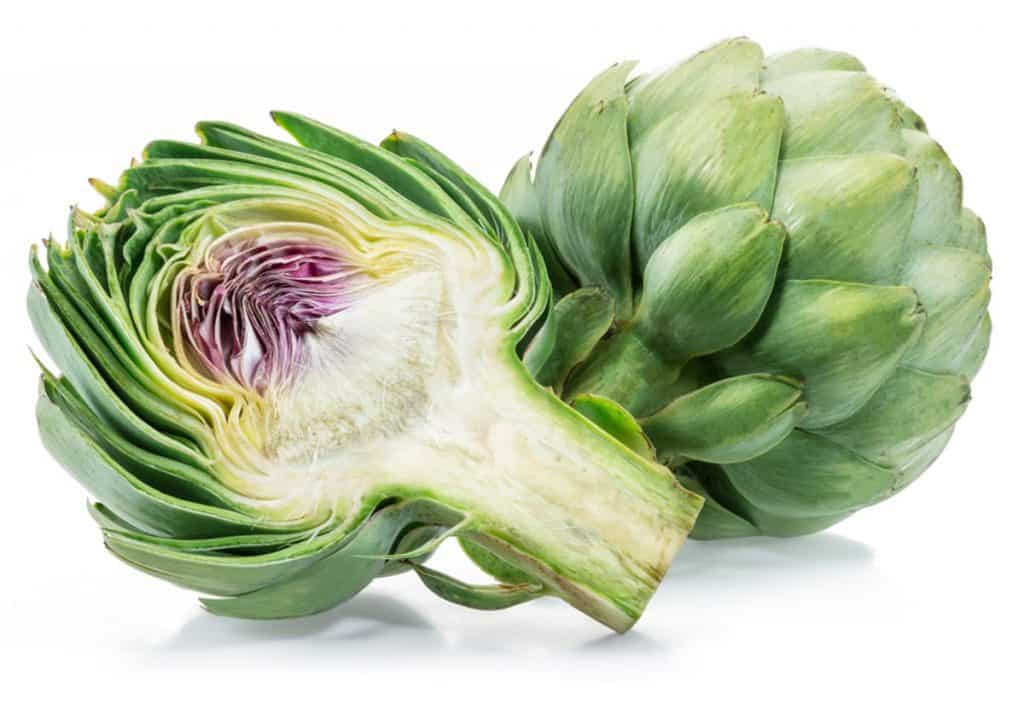
Artichoke is a flower commonly grown in temperate regions. Artichoke’s scientific name is Cynara scolymus, a straight-stemmed tree with many spines, tiny hairs, and perennial.
An artichoke tree, when mature, can reach a height of 2m, leaves are large and can be up to 80cm long, inflorescences are purple-red or purple-violet, flowers are clustered, bud-shaped. In addition to its use as a tea, it also appears in many recipes, especially from Asia, such as salads and soups.
With vitamin A, K, C, B-6, thiamine, riboflavin, niacin, folate, calcium, iron, zinc, potassium, magnesium, phosphorus, and zinc, Artichokes can help boost the immune system, lower cholesterol, detoxify the liver, and may also protect against cancer, diabetes. It is high in fiber and can help ease digestive problems, lower blood pressure.
Not like other common vegetables, artichoke is not easy to prepare. This is the direction that would show you how to do it.
- Use a knife to cut the top third of the artichoke.
- Remove all stiff outer leaves and keep the soft inner leaves that are light green or purple. You need to remove about 1/3 of the artichoke flower.
- Next, remove the pistil, and cut the artichokes in half lengthwise. Note that artichokes can quickly oxidize and become dark, so you should prepare a bowl of lemon juice in cold water to soak it after cutting.
After cutting, you can stew artichokes with other ingredients such as chicken, pork, beans, or mushrooms for a delicious soup.
Frequently Asked Questions
How Good Is Broccoli?
Broccoli is called a “superfood” because it contains various vitamins, minerals, fiber, bioactive compounds like Carbs, Protein, Fiber, Vitamin C, Vitamin, Vitamin K, Vitamin B9, and Folate.
Thanks to its high content of glucoraphanin, a compound that is converted into a powerful antioxidant called sulforaphane, broccoli help us get rid of cell damage, which caused by free radicals.
If you want to have healthy eyes and maintain a good vision in old age, eat more broccoli as it contains a good amount of the antioxidants lutein and zeaxanthin. In addition, they help prevent oxidative damage to cells in your eye.
The sulforaphane in broccoli can also significantly improve blood pressure and kidney function, according to many studies. Natural compounds found in broccoli improve their kidney function and lower blood pressure.
Broccoli is good, but Broccoli Substitutes are great also. Even you like broccoli taste or not, you still can use some alternatives in daily recipes for your family in the following list.
How Much Broccoli Should We Eat?
Although broccoli is a delicious vegetable, you should not overeat. An adult only needs about 2.5 cups of cooked vegetables per day or a slightly more significant amount if eaten raw. Nutritionists recommend eating 1-2 cups of broccoli per day or its substitute. It is the vegetables needed for a healthy body.
What Is The Best Broccoli Substitute?
All broccoli substitutes we have mentioned above are suitable for you. Depending on your preferences and cooking habits, you can choose the right type of vegetable. If you don’t like strong flavors, cabbage is the safest choice.
If you like crunchy veggies, choose asparagus. However, asparagus will make the urine smelly, so some people don’t like it.
Who Should Avoid Broccoli?
For people with hypothyroidism (underactive thyroid), you should avoid eating cruciferous vegetables, including broccoli. Instead, you can still eat other vegetables such as asparagus or beans to ensure that you have enough nutrients for your body.
Conclusion
If you do not like broccoli’s taste, these broccoli substitutes are good choices for a tasty and healthy meal. A habit of eating vegetables every day to prevent diseases and have a healthy body is the best way to avoid visiting doctors and hospitals in your life.

